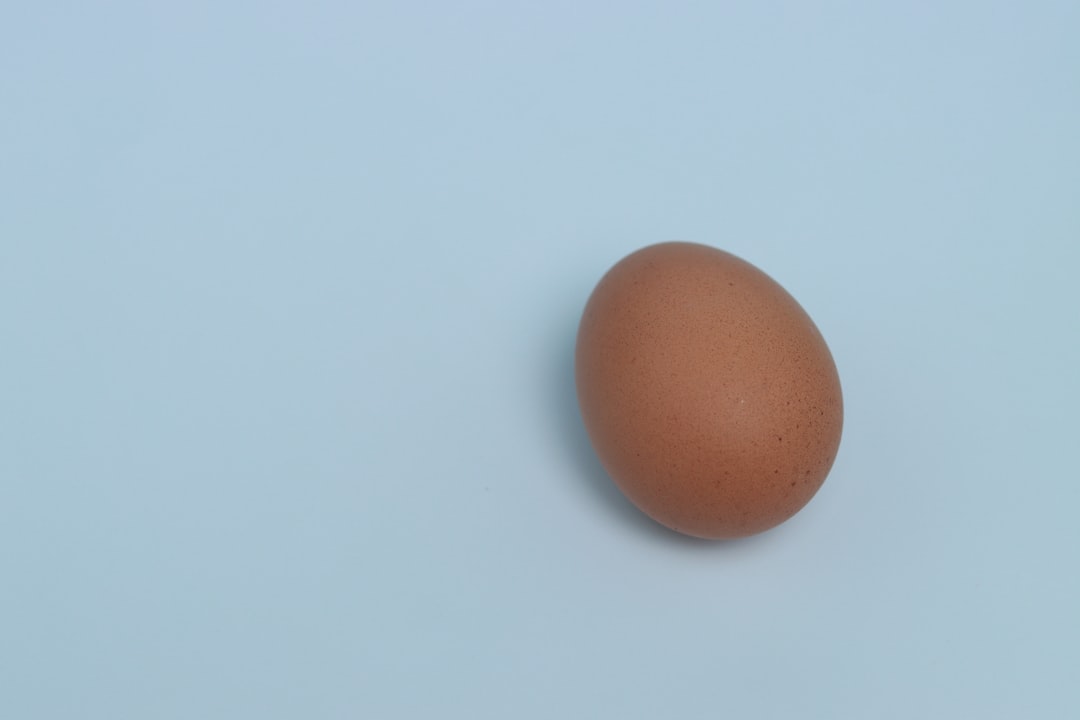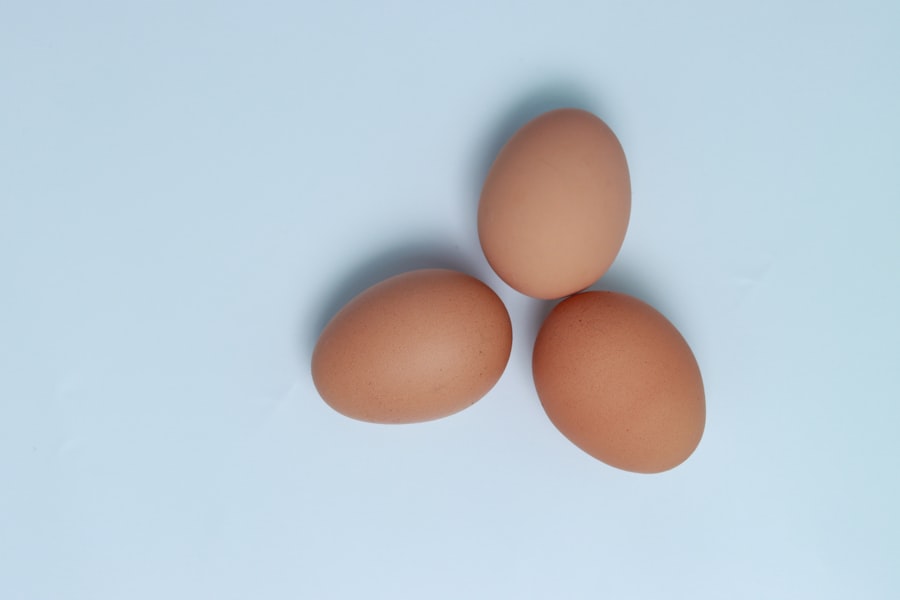Annual Egg Production of Hens: How Many Do They Lay?

Egg production in hens is a vital aspect of agriculture and the food industry. Hens are raised specifically for their ability to lay eggs, which are a valuable source of protein and essential nutrients. Understanding the basics of egg production in hens is crucial for farmers and consumers alike.
Hens are bred and raised for their ability to produce eggs. They go through a natural cycle of egg production, which is influenced by various factors such as genetics, nutrition, and environment. Providing optimal conditions for hens is essential to ensure consistent and high-quality egg production.
Key Takeaways
- Egg production in hens is a complex process influenced by genetics, nutrition, environment, age, and seasonal variations.
- Understanding the egg laying cycle and patterns is crucial for maximizing egg production in hens.
- Different breeds of hens have varying egg production capabilities, with some laying more eggs than others.
- Proper nutrition is essential for optimal egg production and overall hen health.
- Maximizing egg production in hens is crucial for sustainable farming practices.
Factors Affecting Egg Production in Hens: Genetics, Nutrition, and Environment
Genetics, nutrition, and environment play significant roles in egg production in hens. The genetic makeup of a hen determines its potential for egg production. Some breeds are specifically bred for high egg production, while others may be more suitable for meat production.
Nutrition is another crucial factor that affects egg production. Hens require a balanced diet that provides them with the necessary nutrients to support egg production. A diet lacking in essential nutrients can lead to decreased egg production or poor-quality eggs.
The environment in which hens are raised also plays a vital role in egg production. Hens need a comfortable and stress-free environment to lay eggs consistently. Factors such as temperature, lighting, and housing conditions can impact their ability to lay eggs.
Egg Laying Patterns in Hens: Understanding the Cycle
Hens go through a natural cycle of egg production, which consists of several stages. The cycle begins with the development of the egg inside the hen’s body. Once the egg is fully formed, it is laid by the hen.
The first stage of the cycle is called the pre-laying stage. During this stage, the hen’s body prepares for egg production by developing the necessary reproductive organs and producing the egg yolk. This stage typically lasts for several weeks.
The second stage is the laying stage, where the hen lays the eggs. Hens typically lay one egg every 24-26 hours. The laying stage can last for several months, depending on various factors such as breed and age.
After the laying stage, hens enter a resting period known as the molting stage. During this stage, hens shed their old feathers and grow new ones. This process requires a lot of energy, so hens may temporarily stop laying eggs during this time.
How Many Eggs Do Hens Lay in a Year? A Comprehensive Overview
| Hen Breed | Average Number of Eggs Laid per Year |
|---|---|
| Leghorn | 280-320 |
| Rhode Island Red | 250-300 |
| Plymouth Rock | 200-250 |
| Australorp | 250-300 |
| Orpington | 180-200 |
| Sussex | 250-300 |
| Wyandotte | 200-250 |
The number of eggs hens lay in a year can vary depending on various factors. On average, a healthy hen can lay around 250-300 eggs per year. However, this number can be influenced by factors such as breed, age, and environmental conditions.
Certain breeds of hens are known for their high egg production capabilities. For example, commercial hybrid breeds such as the White Leghorn are bred specifically for their ability to lay a large number of eggs. These breeds can lay upwards of 300 eggs per year.
Age is another factor that affects egg production in hens. Younger hens tend to lay more eggs compared to older hens. As hens age, their egg production gradually declines. By the time they reach 2-3 years old, their egg production may decrease significantly.
Egg Production in Different Breeds of Hens: Which Ones Lay More?
Different breeds of hens have varying egg production capabilities. Some breeds are known for their high egg production, while others may not lay as many eggs. Commercial hybrid breeds such as the White Leghorn and Rhode Island Red are popular choices for egg production due to their high productivity.
The White Leghorn is one of the most prolific egg-laying breeds, known for its ability to lay around 300-320 eggs per year. This breed is commonly used in commercial egg production operations. Rhode Island Reds are also known for their high egg production, with an average of 200-300 eggs per year.
Other breeds, such as the Plymouth Rock and Sussex, are dual-purpose breeds that are suitable for both meat and egg production. These breeds may not lay as many eggs as the commercial hybrids but still have respectable egg production capabilities.
The Role of Age in Egg Production: How Many Eggs Do Hens Lay as They Age?

Age plays a significant role in egg production in hens. Younger hens tend to lay more eggs compared to older hens. As hens age, their egg production gradually declines.
In their first year of laying, hens are at their peak of egg production. They can lay around 250-300 eggs per year. However, as they reach 2-3 years old, their egg production may start to decline. By the time they reach 4-5 years old, their egg production may decrease significantly.
There are several reasons why egg production declines as hens age. One reason is that the reproductive organs of older hens may not function as efficiently as those of younger hens. Additionally, older hens may experience health issues or hormonal changes that can affect their ability to lay eggs.
Seasonal Variations in Egg Production: How Weather Affects Egg Laying
Seasonal changes can have a significant impact on egg production in hens. Hens are sensitive to changes in daylight hours and temperature, which can affect their reproductive cycle.
During the spring and summer months, when daylight hours are longer and temperatures are warmer, hens tend to lay more eggs. This is because the longer daylight hours stimulate their reproductive system and encourage egg production.
On the other hand, during the fall and winter months, when daylight hours are shorter and temperatures are colder, hens may lay fewer eggs or even stop laying altogether. This is a natural response to the changing seasons and is influenced by the hen’s biological clock.
Farmers can use artificial lighting to manipulate the daylight hours and encourage egg production during the winter months. By providing additional light in the henhouse, farmers can simulate longer daylight hours and maintain consistent egg production throughout the year.
The Importance of Proper Nutrition for Optimal Egg Production in Hens
Proper nutrition is crucial for optimal egg production in hens. Hens require a balanced diet that provides them with the necessary nutrients to support egg production. A diet lacking in essential nutrients can lead to decreased egg production or poor-quality eggs.
Hens need a diet that is high in protein, as it is a crucial component of egg production. Protein provides the building blocks for egg formation and helps ensure the quality of the eggs. Hens also require a good source of calcium, as it is needed for the development of strong eggshells.
In addition to protein and calcium, hens need a variety of vitamins and minerals to support their overall health and egg production. These include vitamins A, D, E, and B-complex vitamins, as well as minerals such as iron, zinc, and selenium.
Egg Production and Health: Understanding the Link between Egg Laying and Hen Health
Egg production is closely linked to hen health. Healthy hens are more likely to lay eggs consistently and produce high-quality eggs. Monitoring hen health is essential for maximizing egg production.
There are several factors that can impact hen health and, consequently, egg production. These include diseases, parasites, stress, and poor nutrition. It is important for farmers to provide proper healthcare and preventive measures to ensure the well-being of their hens.
Regular veterinary check-ups, vaccinations, and deworming are essential for maintaining hen health. Providing a clean and comfortable living environment, as well as a balanced diet, can also contribute to the overall health and well-being of hens.
Maximizing Egg Production in Hens for Sustainable Farming Practices
Maximizing egg production in hens is crucial for sustainable farming practices. Eggs are a valuable source of protein and essential nutrients, making them an important part of the food industry. By understanding the factors that affect egg production and implementing proper management practices, farmers can ensure consistent and high-quality egg production.
Genetics, nutrition, and environment all play significant roles in egg production. Providing hens with optimal conditions, including a balanced diet and a stress-free environment, is essential for maximizing egg production. Monitoring hen health and addressing any issues promptly is also crucial for maintaining consistent egg production.
By maximizing egg production in hens, farmers can contribute to sustainable farming practices and meet the growing demand for eggs in the food industry. Eggs are not only a nutritious food source but also a versatile ingredient used in various culinary applications. With proper management and care, hens can continue to provide a reliable supply of eggs for years to come.
If you’re curious about how many eggs hens lay in a year, you might find this article on Lawn World quite interesting. They have a comprehensive guide that delves into the topic, providing valuable insights and information. From understanding the factors that influence egg production to learning about different breeds and their average egg-laying capabilities, this article covers it all. So, if you want to expand your knowledge on this subject, be sure to check out the article on Lawn World’s website.
FAQs
What is the average number of eggs a hen lays in a year?
The average number of eggs a hen lays in a year is around 300.
Do all hens lay the same number of eggs?
No, the number of eggs a hen lays can vary depending on the breed, age, and environmental factors.
What factors affect the number of eggs a hen lays?
Factors that can affect the number of eggs a hen lays include breed, age, diet, lighting, temperature, and stress levels.
At what age do hens start laying eggs?
Hens typically start laying eggs at around 5-6 months of age.
How long do hens continue to lay eggs?
Hens can continue to lay eggs for several years, but the number of eggs they lay may decrease as they age.
Can hens lay eggs year-round?
Yes, hens can lay eggs year-round, but their egg production may decrease during the winter months due to decreased daylight hours.
What is the record for the most eggs laid by a hen in one year?
The record for the most eggs laid by a hen in one year is 371, set by a hen in the United Kingdom in 1979.



